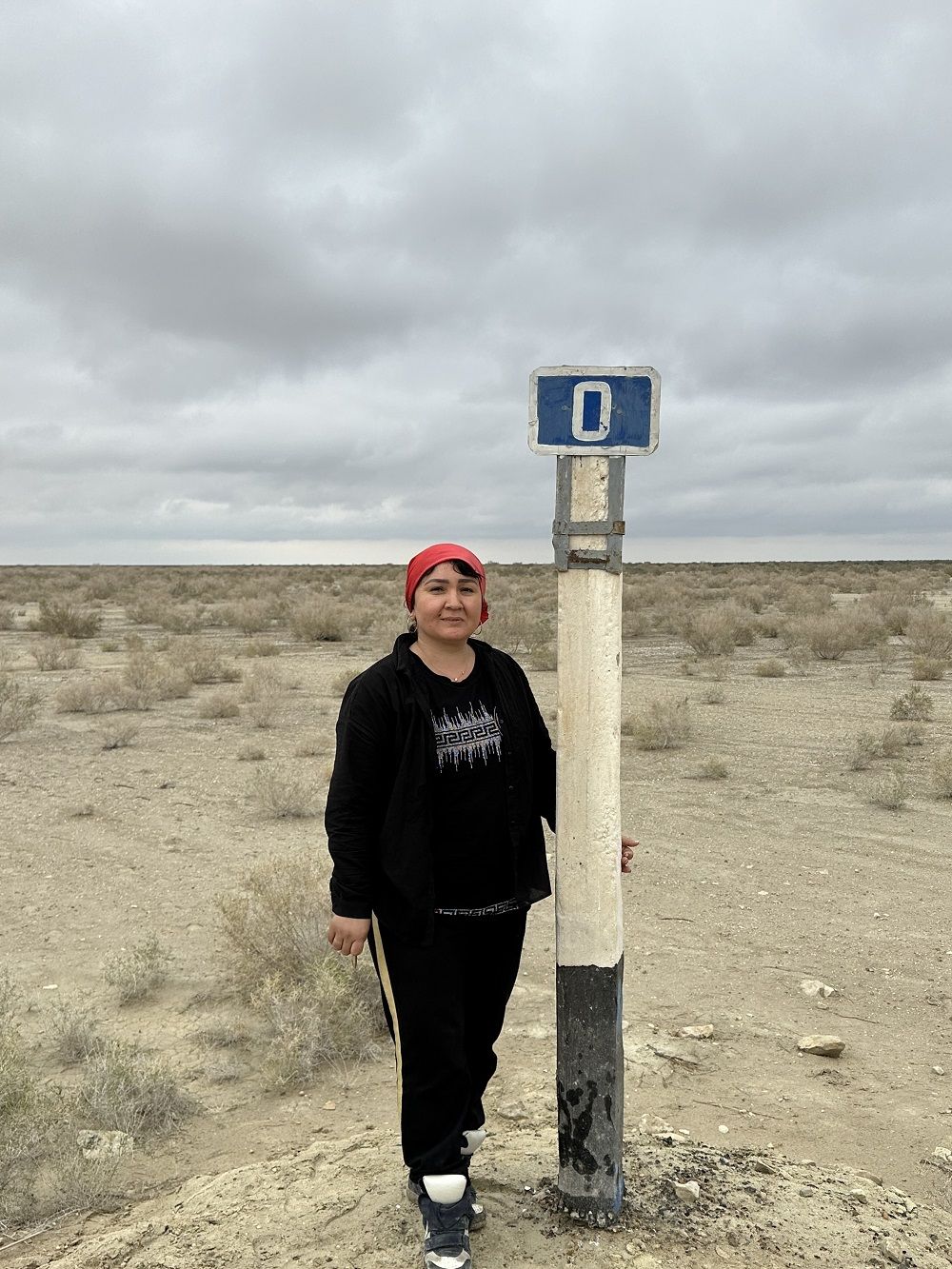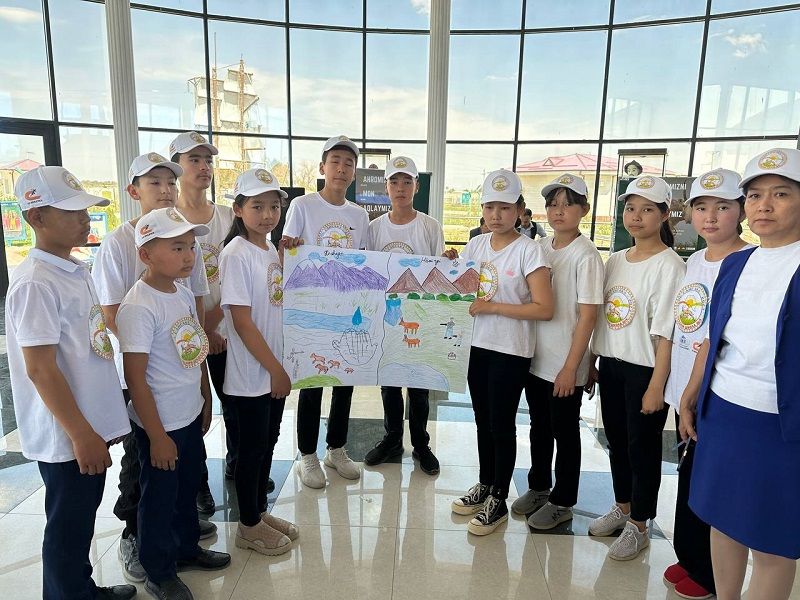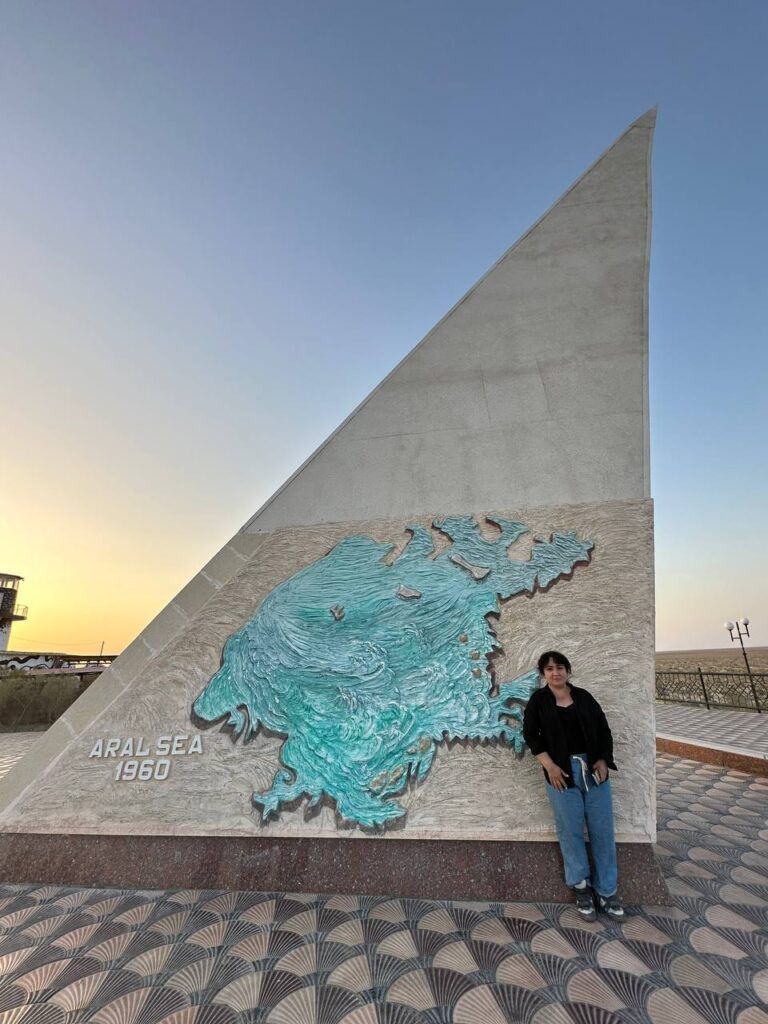Meet Zebo: Project Manager at Saiga Conservation Alliance
In this series, we chat to the dedicated staff members, conservation partners and volunteers at PTES. We find out why each of them chose a career in wildlife conservation, what they find rewarding about their work or what they love most about what they do and why they get involved.
Zebo Isakova
Project Manager at Saiga Conservation Alliance
Why did you decide to go into wildlife conservation?
I was drawn to wildlife conservation to actively participate in safeguarding critically endangered species like saiga antelopes. Understanding their ecological importance and the urgent need to protect such species from extinction was a key motivator for me, aiming to make a tangible difference through concerted conservation efforts.
What’s your role and what is the most rewarding part of it?
As a Project Manager in Uzbekistan for the Saiga Conservation Alliance, I coordinate conservation activities under the Resurrection Island program. The most rewarding part of my role is seeing the direct impact of our work on the ground – whether it’s through the educational programs that enlighten local communities or through strategic conservation actions that help protect saiga and its habitat from further decline.
Reflecting on your past, what has been one of your most memorable experiences so far?
One of my most memorable experiences was organizing the Saiga Day eco-festival, which vividly demonstrated the community’s engagement and eagerness to learn about and protect saiga. Interacting with over 120 participants, mainly school children, and seeing their enthusiastic response to conservation education was incredibly fulfilling.
What difficulties or challenges do you face in your work and how do you think you’ll overcome them?
The primary challenges include dealing with the socio-economic factors that drive local communities towards practices harmful to wildlife. Overcoming these requires continuous community engagement, education, and the development of alternative livelihoods that do not conflict with conservation goals. Strategic partnerships and adaptive management are crucial in addressing these complexities effectively.
What has been your proudest moment so far?
My proudest moment so far was during the eco-festival “Saigas – a Bridge Between the Past and the Future,” where we successfully brought together the local community, especially the youth, to raise awareness about critically endangered saiga antelope. The active participation of over 120 local students, their engagement through educational activities, and their creation of thematic art exemplified the potential impact of community involvement in conservation efforts. This event not only educated the attendees on the importance of saigas to the ecosystem but also highlighted the role of humans in both the decline and recovery of species. Seeing the young participants’ enthusiastic response and willingness to learn about and contribute to conservation efforts was profoundly fulfilling and underscored the importance of our work.
Do you have a special love for a particular species and why?
I have developed a special affinity for saiga antelope, not only because of its unique appearance and ecological role but also due to its resilience in the face of severe climatic and human pressures. Their survival and gradual recovery inspire our efforts and highlight the importance of international cooperation in conservation.
What does the future hold? For you and your species?
The future, though fraught with challenges, looks hopeful. With ongoing international support and local conservation initiatives, there’s a strong potential for saiga’s population to stabilise and eventually increase. For me personally, continuing to contribute to these efforts and seeing more tangible results in saiga conservation and local community development remain my primary focus.
How can we best inspire the younger generation?
Inspiring the younger generation starts with instilling a deep respect and fascination for nature from an early age. Integrating conservation topics into school curricula and organizing field visits to natural sites can dramatically boost young people’s awareness and engagement. For young conservationists just starting out, my advice is to seek diverse experiences; volunteer for different conservation projects to understand the multifaceted challenges and strategies in wildlife protection. Networking with experienced professionals and continually learning about new conservation techniques and policies are also crucial steps for effective advocacy and action.
Saiga Conservation Alliance’s goal is to lay the foundations for a sustainable future for both the people and nature of the Aral Sea region by developing and implementing a plan for the protection of Resurrection Island, and securing new income streams that would facilitate the conservation and restoration of the project area, giving unique species such as saiga a chance to survive and thrive.
Header image credit Vladimir Sevrinovsky, Shutterstock.com



